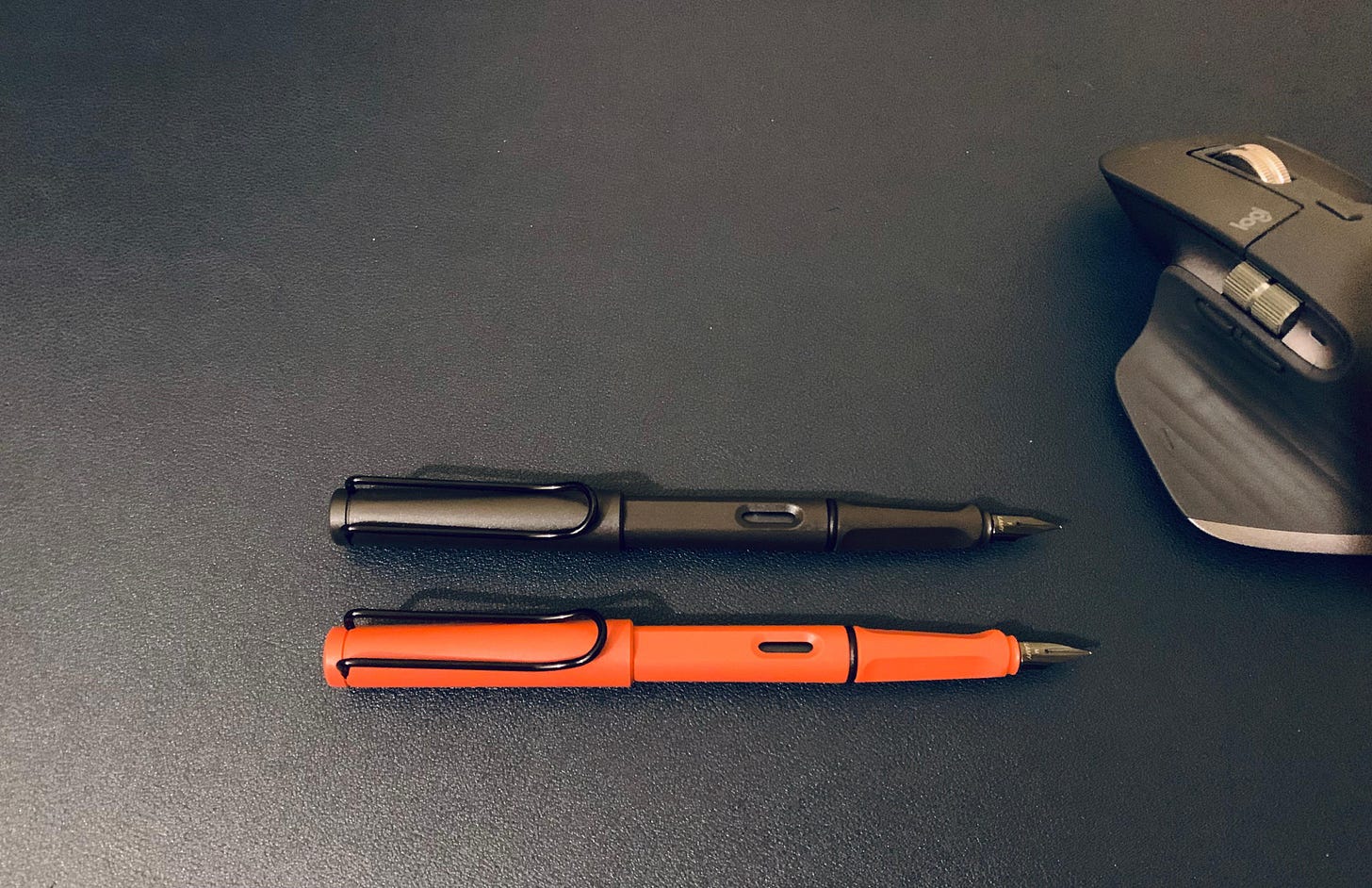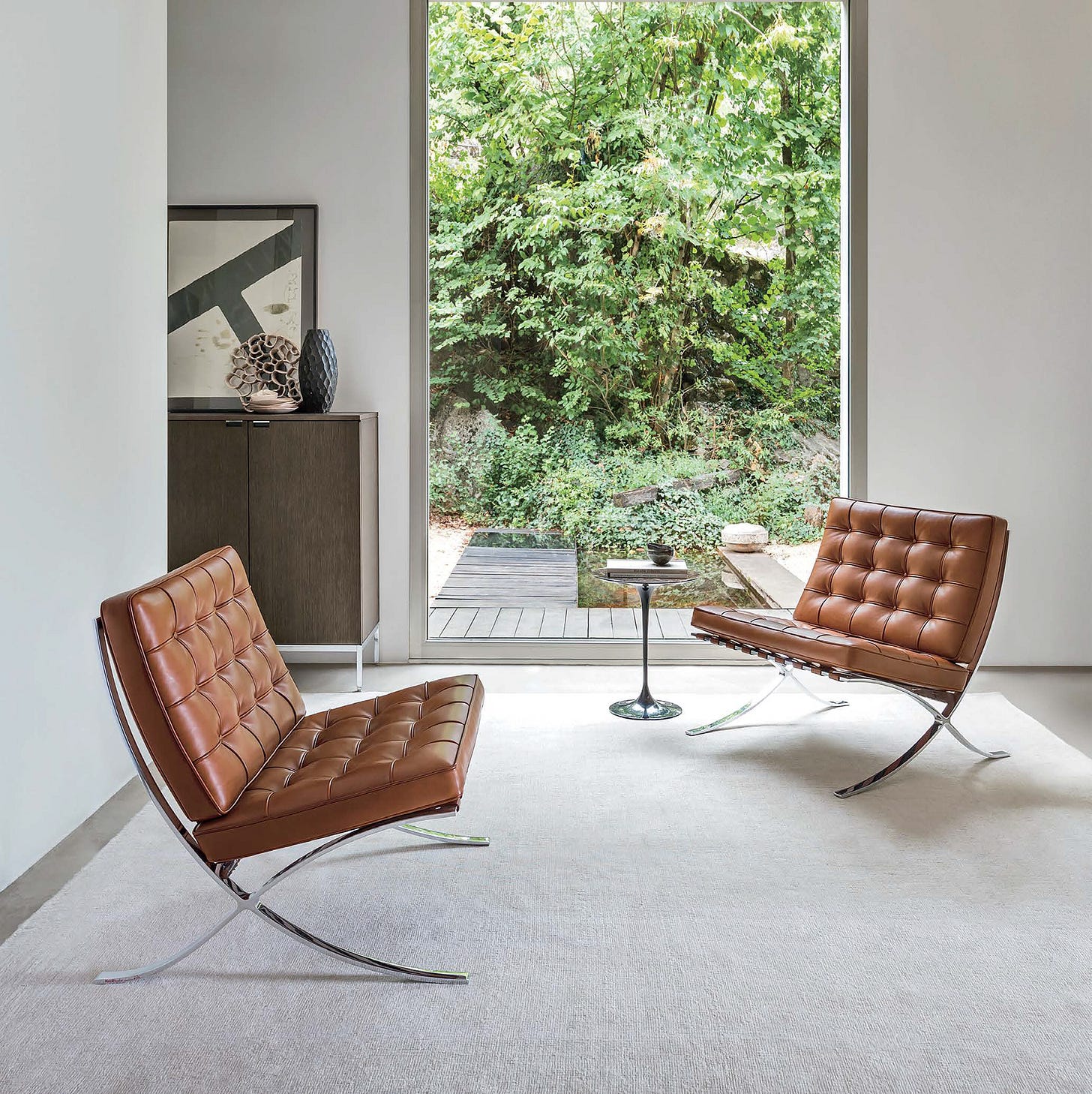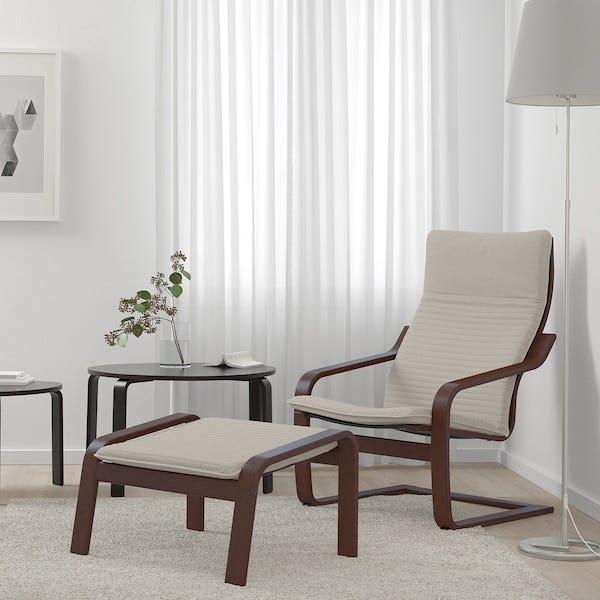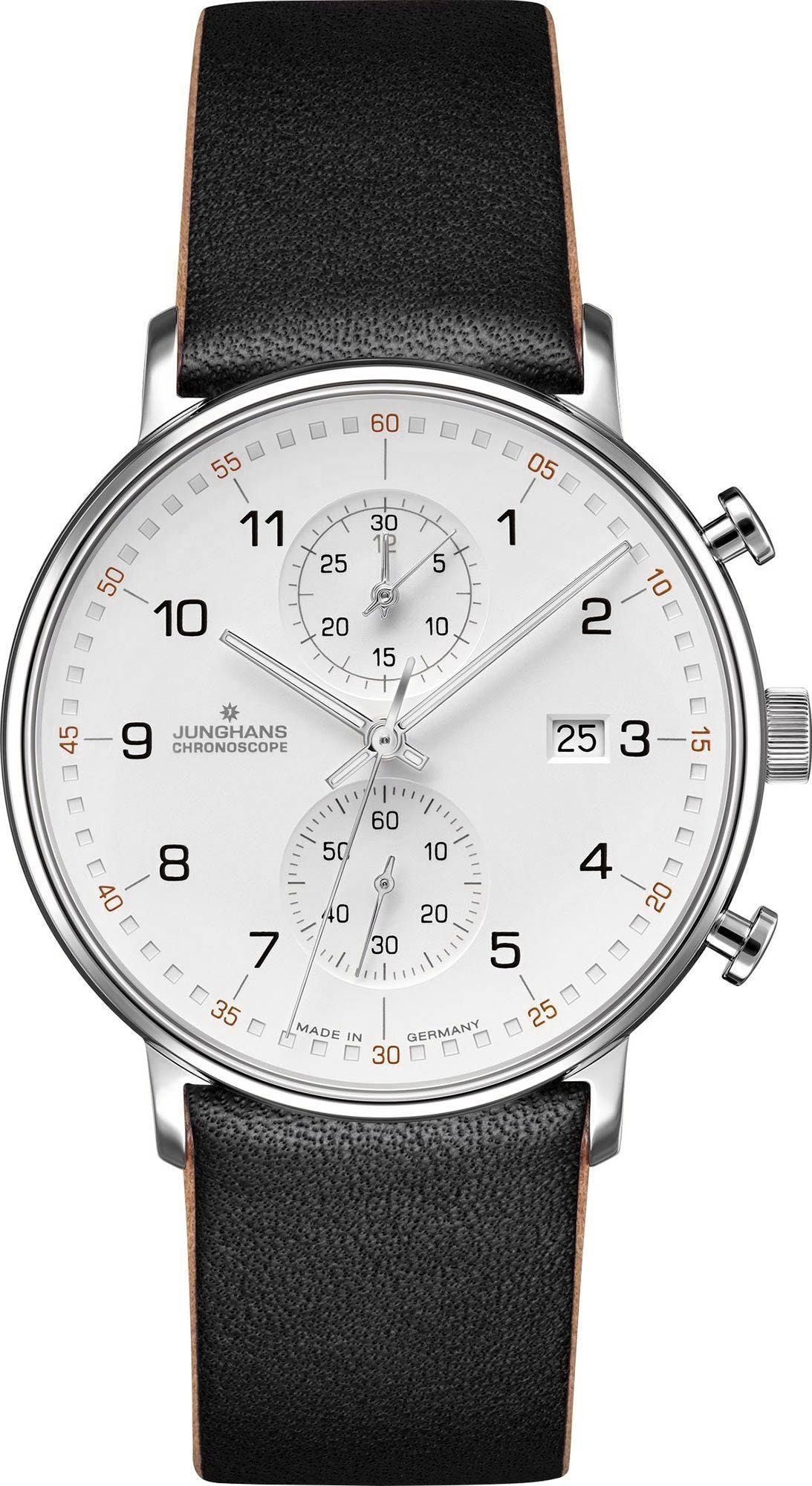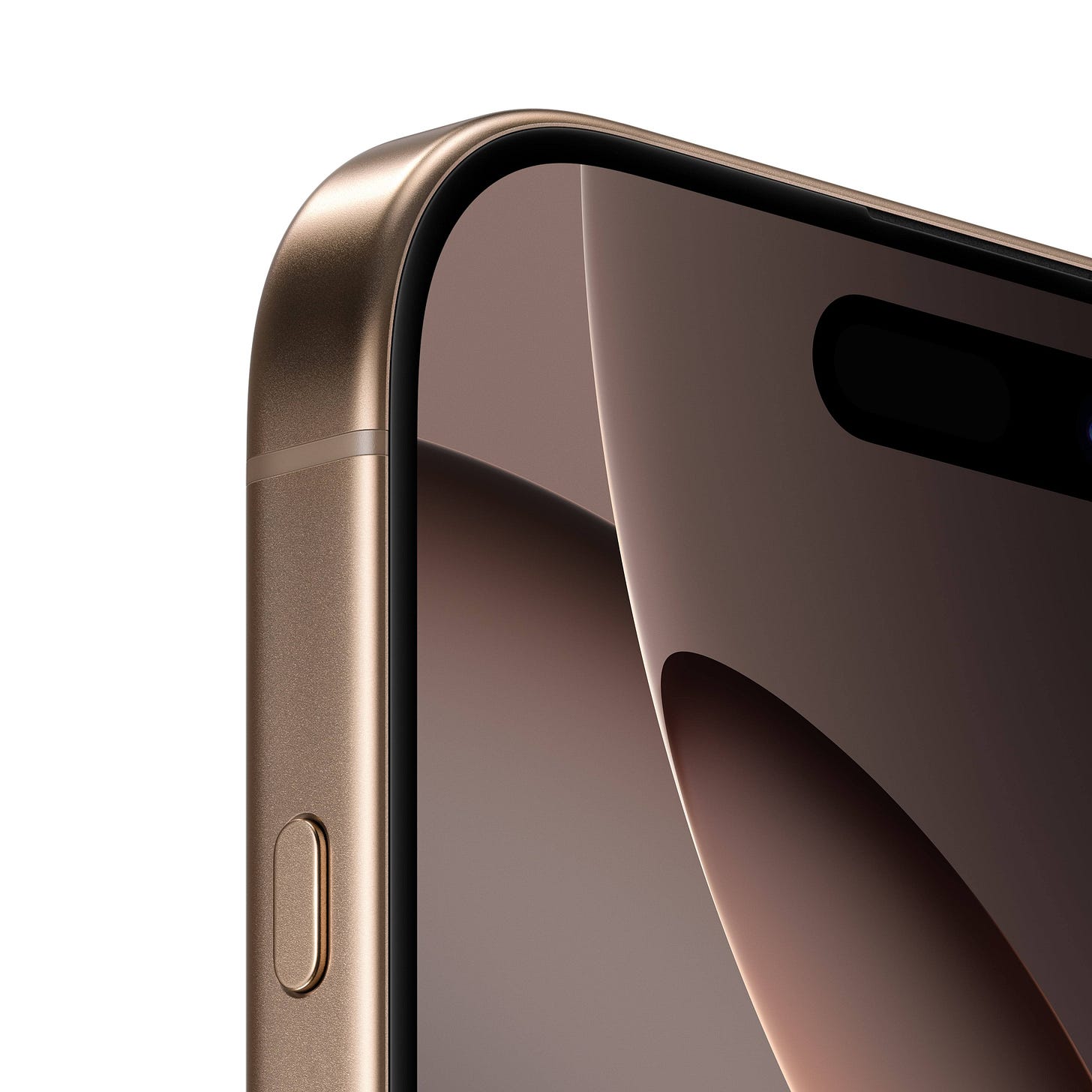Imagine a revolution that transformed the very fabric of our visual world! Enter the Bauhaus - not just a school, but a design earthquake that shook the foundations of art, architecture, and everyday objects. Founded in 1919 by the visionary Walter Gropius in Weimar, Germany, this movement didn't just leave a mark; it etched its philosophy into the DNA of modern design.
Picture this: a world where form dances in perfect harmony with function, where every curve, line, and shape serves a purpose. That's the Bauhaus legacy, alive and kicking in the products we can't resist today. From the seductively sleek Lamy pens that make writing a joy, to the irresistibly practical Leuchtturm notebooks that organize our chaotic thoughts, to the mind-blowingly innovative Adidas Ultra Boost shoes that feel like clouds for your feet - these aren't just products, they're German-engineered marvels that scream quality, functionality, and drop-dead gorgeous aesthetics!
So the next time you pick up that Lamy pen or lace up those Ultra Boosts, remember: you're not just using a product, you're wielding a piece of design history. Feel the Bauhaus revolution in your hands, on your feet, in your everyday life. Now that's something to get excited about!
Form Follows Function: The Core of Bauhaus
At the heart of Bauhaus lies the principle that form should follow function. This groundbreaking idea rejected ornate, decorative styles in favor of clean lines and geometric shapes. The Bauhaus movement sought to strip away unnecessary embellishments, focusing instead on the essential elements of design.
This principle is beautifully exemplified in products like the Lamy fountain pen. Its sleek, minimalist design isn't just visually appealing; it enhances functionality. Every curve serves a purpose, embodying the Bauhaus ideal of marrying form with function. Similarly, the Vitsœ 606 Universal Shelving System, designed by Dieter Rams, showcases how simplicity can lead to versatility and longevity in design.
Innovation Through Materials and Technology
The Bauhaus school encouraged experimentation with new materials and techniques, a spirit that lives on in modern German engineering. Take, for instance, the Adidas Ultra Boost shoes. These incorporate cutting-edge materials like Boost foam and Primeknit upper, creating a product that's both highly functional and aesthetically pleasing.
This innovative approach extends to other realms as well. The Braun SK 4 record player, designed by Dieter Rams and Hans Gugelot, revolutionized audio equipment design with its clear plastic cover and minimalist controls. It's a perfect example of how Bauhaus principles can be applied to emerging technologies.
Timelessness in Design
By focusing on essential forms and functions, Bauhaus-inspired designs often achieve a timelessness that transcends passing trends. The enduring appeal of products like Leuchtturm notebooks, with their classic design remaining largely unchanged over the years, proves that when form truly follows function, the result is a product that remains relevant across generations.
Another prime example is the Barcelona Chair, designed by Ludwig Mies van der Rohe. Its elegant, simple lines have made it a staple in modern interiors for nearly a century, embodying the Bauhaus ideal of creating designs that stand the test of time.
Democratizing Design: Accessibility for All
The Bauhaus philosophy had a strong social component, believing that good design should be accessible to all. This democratization of design is reflected in the affordability and widespread availability of many Bauhaus-inspired products.
IKEA, while not directly associated with Bauhaus, has embraced this principle in its approach to furniture design. Their products, characterized by simplicity, functionality, and affordability, bring good design to the masses. The POÄNG chair, for instance, embodies Bauhaus principles in its simple yet ergonomic design.
Attention to Detail: The Hallmark of Excellence
The Bauhaus approach emphasized meticulous attention to detail, a trait that has become synonymous with German engineering. In products like the Adidas Ultra Boost, every aspect is carefully engineered - from the placement of each Boost capsule to the pattern of the Primeknit upper.
This dedication to detail is also evident in the Junghans Max Bill watch. Designed by Bauhaus alumnus Max Bill, this timepiece showcases how even the smallest elements of design can contribute to both functionality and aesthetic appeal.
The Unity of Art and Technology
One of the most revolutionary aspects of the Bauhaus philosophy was its aim to unify art and technology. This principle is beautifully demonstrated in the designs of companies like Apple. While not German, Apple's products, particularly under the guidance of Jony Ive, have shown a clear Bauhaus influence. The iPhone, with its sleek design and intuitive interface, is a modern embodiment of the Bauhaus ideal of functional beauty.
Beyond Products: Bauhaus in Architecture and Urban Design
The influence of Bauhaus extends far beyond product design. In architecture, buildings like the Bauhaus Archive in Berlin or the Dessau Bauhaus building itself showcase the movement's principles on a grand scale. These structures, characterized by their clean lines, large windows, and functional design, continue to inspire modern architects.
In urban planning, the Bauhaus ideal of form following function has led to more livable cities. The concept of mixed-use developments, combining residential, commercial, and recreational spaces, can be traced back to Bauhaus principles of efficiency and functionality in design.
The Ongoing Legacy: Bauhaus in the Digital Age
As we move further into the digital age, the principles of Bauhaus continue to evolve and adapt. User interface design, for instance, often draws heavily on Bauhaus concepts of simplicity and functionality. Websites and apps that prioritize clean layouts and intuitive navigation are modern-day expressions of the Bauhaus philosophy.
Even in emerging fields like virtual and augmented reality, designers are applying Bauhaus principles to create immersive yet functional digital environments. The challenge of balancing form and function in these new realms echoes the original aims of the Bauhaus movement.
The Enduring Impact of Bauhaus
From the elegant curves of Lamy pens to the revolutionary soles of Adidas shoes, from the timeless simplicity of Braun appliances to the sleek minimalism of Apple products, the spirit of Bauhaus dances through our daily lives, an invisible hand shaping our world. This revolutionary movement, like a master sculptor, has chiseled away our preconceptions, revealing the hidden beauty in the marriage of form and function.
The Bauhaus legacy beckons us, like a siren's call, to seek out and cherish creations that transcend mere aesthetics. It urges us to embrace products that are not just beautiful, but practical marvels, innovative wonders, and accessible treasures. In this pursuit, we are reminded that true design is not a superficial veneer, but a profound enhancement of our human experience, a silent yet powerful force elevating our everyday existence.
As we stand on the precipice of an ever-evolving world, the principles of Bauhaus shine like a beacon, guiding us through the fog of design challenges. They offer a timeless compass for creating products, spaces, and experiences that are both functional and beautiful. Though the Bauhaus movement's physical doors closed in 1933, its spirit - a vibrant fusion of innovation, simplicity, and purposeful design - continues to pulse through our world, inspiring designers and delighting users with each new creation.
Now, dear reader, the torch is passed to you. Embrace the Bauhaus philosophy in your daily life. Seek out designs that seamlessly blend form and function. Challenge yourself to create, to innovate, to simplify. Let the spirit of Bauhaus guide your choices and inspire your creations. For in doing so, you become part of a grand legacy, a movement that continues to shape our world, one thoughtful design at a time. The revolution of Bauhaus is not over - it lives on in you. Will you answer its call?


